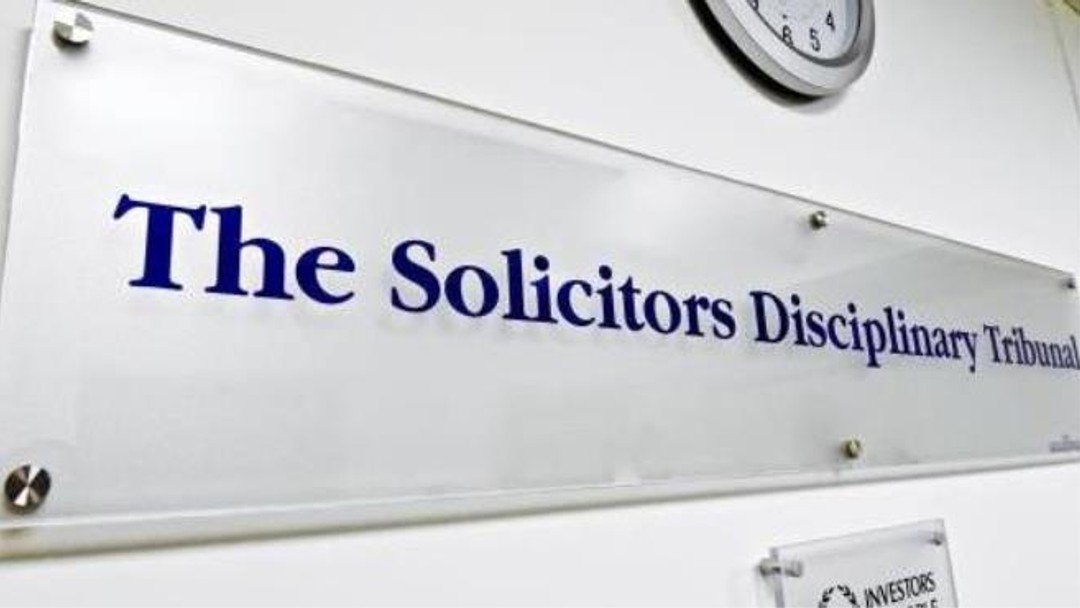Collateral attack

Susanna Heley considers the interplay between court judgments and solicitors' disciplinary proceedings
The recent decision in the case of Davies v Greene [2021] EWHC 38 (Admin) throws up some interesting questions about the interrelationship between disciplinary proceedings and judgments in other courts.
The Davies decision relates to an appeal against a strike out and is not a final substantive judgment on the merits of the case, so some circumspection as to issues of substance is required. The case is interesting for its procedural commentary, affirming the ability of the Solicitors Disciplinary Tribunal (SDT) to consider strike out applications and its consideration of the circumstances in which it may be said that an application to the SDT amounts to a collateral attack on an earlier judgment of a court of competent jurisdiction.
While the legalistic answer involves consideration on a case-by-case basis, the answer in practice appears to be that it will be extremely rare for a case to fall into that category.
By way of brief background, the Davies decision arises from a complaint by David Davies to the SDT as a lay person. It is alleged that the respondent David Greene gave inaccurate evidence to a court in 2012 in connection with proceedings against Davies for unpaid fees.
Davies’ defence that his company, rather than he personally, was the relevant client was unsuccessful. He sought unsuccessfully to appeal the judgment against him at the time and made a complaint to the Solicitors Regulation Authority (SRA) in 2013. Davies subsequently sought, unsuccessfully, to set aside the judgment on the basis that the court had been misled. That application was rejected by the judge in February 2016.
Rejecting an application to set aside an initial strike out order made on the court’s own initiative, the judge (who had been the original trial judge from 2012) stated: “I cannot be satisfied or even begin to allow a plane to leave the runway, so to speak, that there has been any allegation of fraud. In other words, deliberately misleading this court by Mr Greene. In my judgment, Mr Greene did nothing of the sort.”
Davies launched his application to the SDT in March 2019 and the matter was referred to the SRA. The SRA declined to make any application to the SDT or seek to take over Davies’ own application. Davies’ response widened the initial allegation of dishonestly misleading the court to encompass recklessly misleading the court.
In June 2019, the SDT certified a case to answer. Greene successfully sought to have the case struck out on the basis that it was an abuse of process because:
• Davies had failed to include the 2016 judgment in the papers;
• The contents of the 2016 judgment were inconsistent with the claim brought such that it could have no merit; and
• The application was a collateral attack on the 2016 judgment.
The SDT accepted the second and third grounds and struck out the application. Davies appealed and the divisional court found that the SDT had fallen into error in finding that the application sought to relitigate the identical question as that disposed of in the 2016 judgment.
The judge in 2016 had not been testing Greene’s conduct against the SRA principles or code of conduct but looking at the validity of the civil judgment obtained in 2012.
Abuse of process
Argument as to abuse of process and collateral attack was framed by comparisons with criminal law on the basis that the public interest function of the SDT is similar to the public interest in the prosecution of crime. The net effect of the discussion on abuse of process is that it is likely to be difficult in practice to show that a civil court was concerned with identical questions to those which may be considered by the SDT.
Although it is not particularly uncommon for a court to comment on a solicitor’s conduct, there are relatively few types of proceedings where the court will be asked to determine for itself whether there has been a breach of the code of conduct.
For current purposes, the divisional court reaffirmed the applicability of the stringent test on a submission of no case to answer from R v Galbraith in this reference from SRA v Nabeel Sheikh: “As to the required approach in dealing with a submission of no case to answer – it being common ground that the criminal standard of proof applies to these proceedings – the test is still conveniently taken from the decision of the Court of Appeal (Criminal Decision) in Galbraith... In summary, a case will be withdrawn if (a) there is no evidence to support the allegation against the defendant or (b) where the evidence is sufficiently tenuous such that, taken at its highest, a jury properly directed could not properly convict. On the other hand, if, on one possible view of the evidence, there is evidence on which a jury could properly convict then the matter should be allowed to proceed to verdict."
The move by the SDT from the criminal to the civil standard was not relevant in this case as it was brought under the Solicitors (Disciplinary Proceedings) Rules 2007, which continue to apply to cases issued on or before 24 November 2019. It will be interesting to see if this approach is maintained under the 2019 rules.
When considering whether the application could be said to lack merits, the divisional court observed that civil judgments were not to be treated as conclusive evidence by virtue of the then applicable SDT rules. Interestingly, the court stated that the issue as to whether or not the district judge had been misled was not the only issue before the SDT since “a lie that does not mislead the recipient is still a lie”.
The effect of the divisional court’s decision is that the case will continue in the SDT. Greene will be afforded his opportunity to respond in the normal way and an outcome on the substantive allegations will, no doubt, become available in due course.
This is a saga lasting more than 10 years already and seems to have evolved from relatively low value litigation to recover fees. The costs of dealing with multiple appeals and applications will no doubt have dwarfed the costs of the original proceedings. It need hardly be said that proportionality is not relevant in dealing with allegations of misconduct, particularly allegations of dishonesty.
While we don’t know what steps were taken in this case to prepare for the experience of cross examination, in general terms it should go without saying that solicitors are not often habitual witnesses, not least because being a witness of fact is inherently inconsistent with representation of clients.
Familiarity with the litigation process as an advocate or litigator can lead us to assume that we are prepared to give evidence without necessarily reflecting on how we will react to the process. Giving evidence can be a daunting experience, particularly when questioning raises issues of character or conduct; and solicitors are as fallible as any lay witness when out of their milieu.
It’s worth noting that the court has generally grown dissatisfied with the current approach to witness statements for use at trial, resulting in the forthcoming changes to the Civil Procedure Rules in the form of PD57AC.
Firms may be well advised to ensure any case involving a member of staff as a witness giving oral evidence is approached in the same way one would advise a client, with a definite eye on objectivity; and how that evidence, what’s included and what’s excluded, may appear to an outsider.
Susanna Heley is a partner at RadcliffesLeBrasseur rlb-law.com
